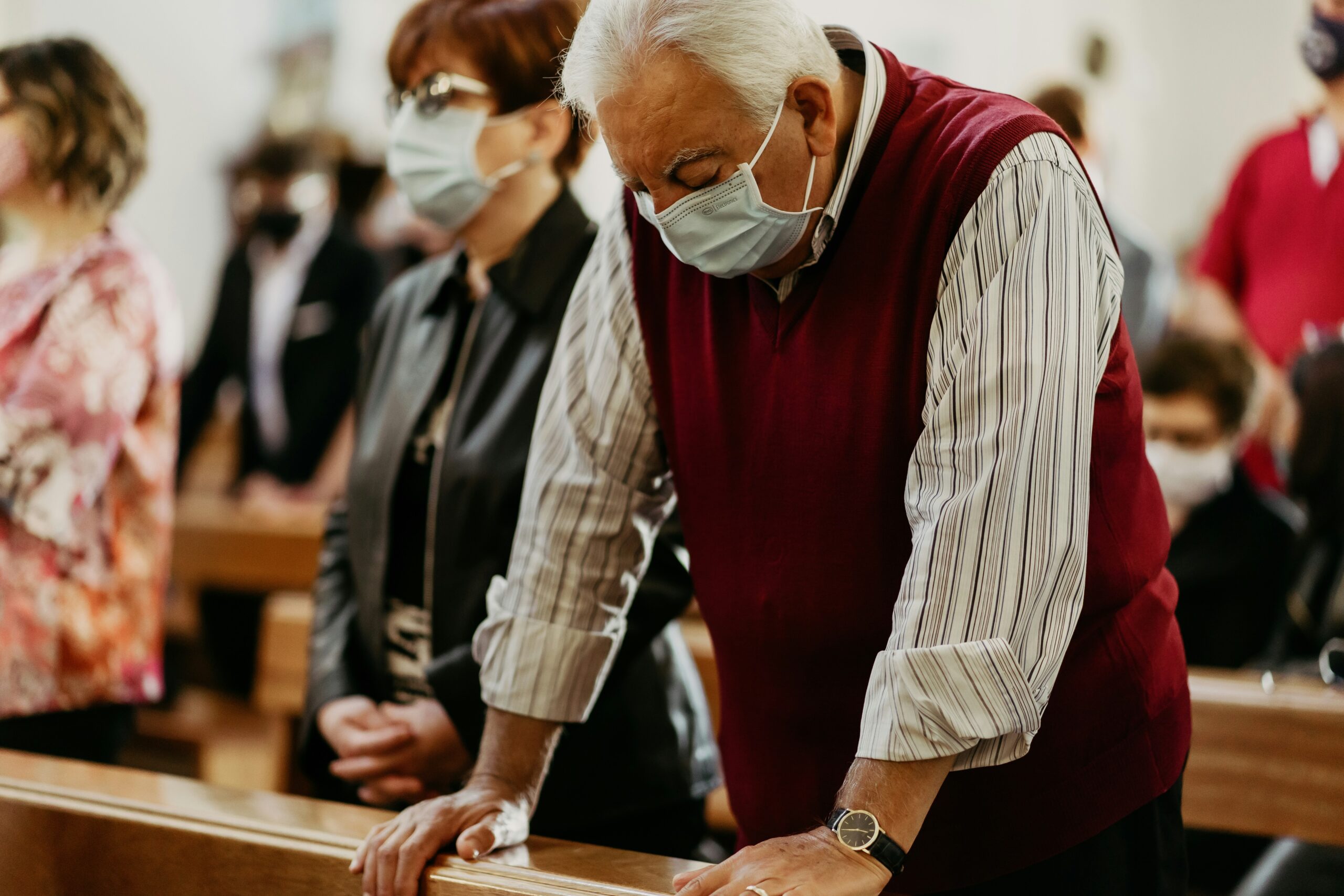Hidden Disabilities and Chronic Illnesses
Hidden disabilities and chronic illnesses are conditions that limit a person’s ability to move through life in the way society expects, despite the lack of physical signs of a disability. People with hidden disabilities may experience chronic fatigue, brain fog, intense pain, digestive problems, weakness, dizziness, and other unobservable symptoms. Low vision, hearing loss, and mental illness can also be invisible disabilities.
Life with a chronic illness includes ebbs and flows of pain and flare-ups. During some periods, someone with a chronic illness can pack their days with work, hobbies, sports, and church activities. In other periods, a person may need to limit their commitments to part-time employment and one or two other responsibilities. In times of intense flare-ups, someone with a chronic illness may be faced with a difficult choice of prioritizing their job, family, or church commitments due to severely limited energy and increased pain.
Faith communities can support those with chronic illness by bearing witness to the pain, extending grace when flare-ups occur, and accommodating needs as they arise. Additionally, congregations can acknowledge the extra energy and resilience required to navigate the world with unrecognized disabilities by routinely asking what care they can give to those in their congregation with chronic illness.
Resources
- Gathering Amidst Viruses This guide for gathering during flu and Covid-19 season centers the experience of people with weakened immune systems when discerning church policies.
Resources from Others
Recommended Reading:
- Dancing with Elephants, Jarem Sawatsky
- Being Well When We’re Ill, Marva J. Dawn
- The Wisdom of the Body, Christine Valters Paintner
- Everything Happens for a Reason, Kate Bowler
- No Cure for Being Human, Kate Bowler
Your Stories
-

Come As You Are
Camp KIND demonstrated the beauty of community by calling out each other’s gifts, gently loving people’s weaknesses, and fostering feelings of belonging and unity among participants and staff alike.




